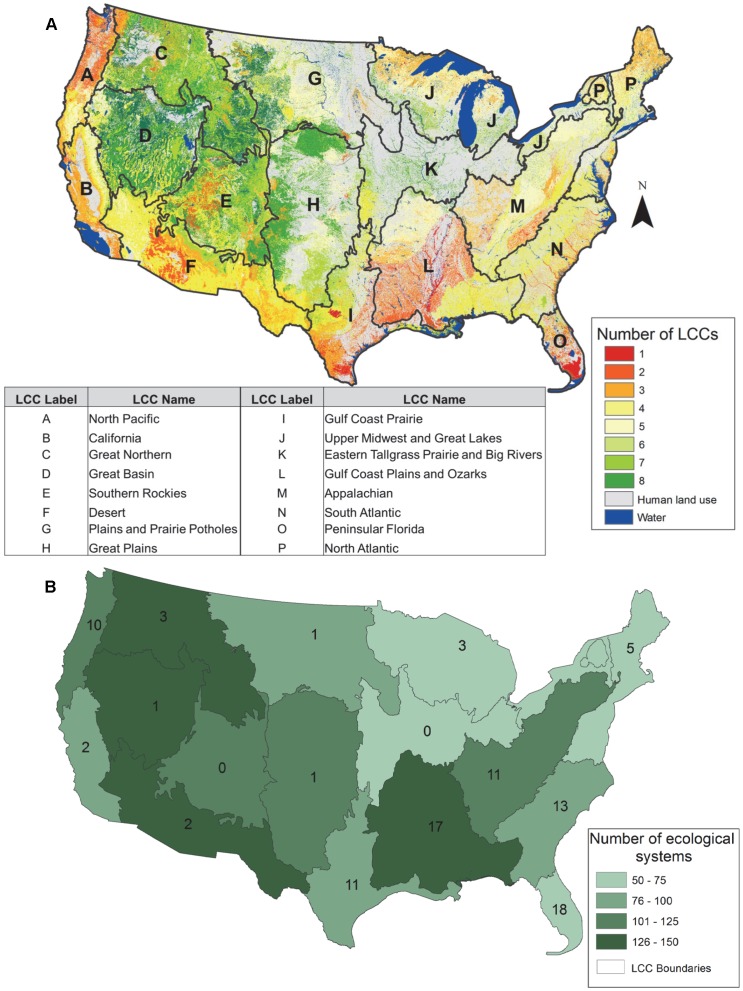Figure 6. Redundancy, diversity, and uniqueness of ecological systems within Landscape Conservation Cooperatives (LCC).
Redundancy measures the number of LCC’s in which a single ecological system occurs (A) [23]. The higher the number of LCC’s in which an ecological systems occurs the more redundancy displayed by that ecological system. For example, if an ecological system occurs in 2 LCCs, it has a redundancy value of 2. Diversity is the total number of ecological systems occurring with an LCC, which is shown by color shading of LCCs (B). Uniqueness is the number of ecological systems that occur in a single LCC, which is indicated by the number within each LCC (B). For example, the Great Northern LCC encompasses 126–150 ecological systems total, most of these occur in a total of 7 or 8 LCCs, but 3 are unique and only found in this LCC. Only non-modified, non-aquatic ecological systems were included (n = 518; Table S1). Each LCC is assigned a letter, which indicates the name of the LCC.

